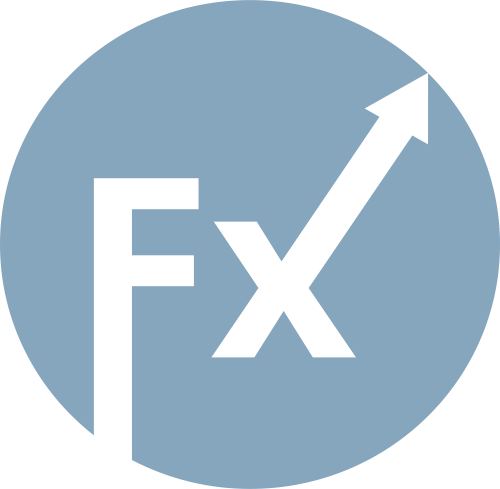Gold prices have stabilized. Against the backdrop of escalating trade conflicts between the United States and China in recent weeks, concerns about a potential full-scale trade war have intensified. U.S. President Donald Trump threatened to raise tariffs on Chinese goods to 100% in response to tighter restrictions on rare earth metal exports. In addition, both countries announced the introduction of reciprocal port fees for vessels linked to each other's fleets, further fueling fears of a continued deterioration in trade relations.
At the same time, concerns over a prolonged U.S. government shutdown have supported gold, which continues its record rally as a safe-haven asset. On Thursday, the U.S. Senate rejected a short-term funding bill from House Republicans for the tenth time, underscoring the deadlock in Congress.
On the geopolitical front: the military conflict between Russia and Ukraine continues, strengthening demand for safe-haven assets such as gold. Meanwhile, U.S. President Donald Trump announced his intention to meet with Vladimir Putin in Budapest to discuss ending the conflict in Ukraine, which has been ongoing for more than three and a half years.
On the financial front, Federal Reserve Chair Jerome Powell earlier stated that the labor market remains stagnant, with low hiring and firing rates. Fed Governor Christopher Waller noted that inflation continues to approach the 2% target, which does not prevent further rate cuts. Likewise, Minneapolis Fed President Neel Kashkari emphasized that the labor market is slowing and that it is too early to draw conclusions about the impact of tariffs on inflation. As a result, traders have fully priced in a 25-basis-point rate cut at the October and December meetings, which continues to put pressure on the U.S. dollar.
From a technical standpoint, the daily Relative Strength Index (RSI) remains above the 70 mark. This prompted bulls to take some profits before the weekend, triggering a sharp pullback. However, the corrective decline found support at the $4,181 level. A drop below this level—and further below the next support area around $4,140, as well as the round $4,100 level—would open the way for more significant losses.
On the other hand, momentum breaking above the $4,380 level, or the historical high, could reach the round level of $4,400. A steady consolidation above it would provide a new boost for the bulls.

SZYBKIE LINKI